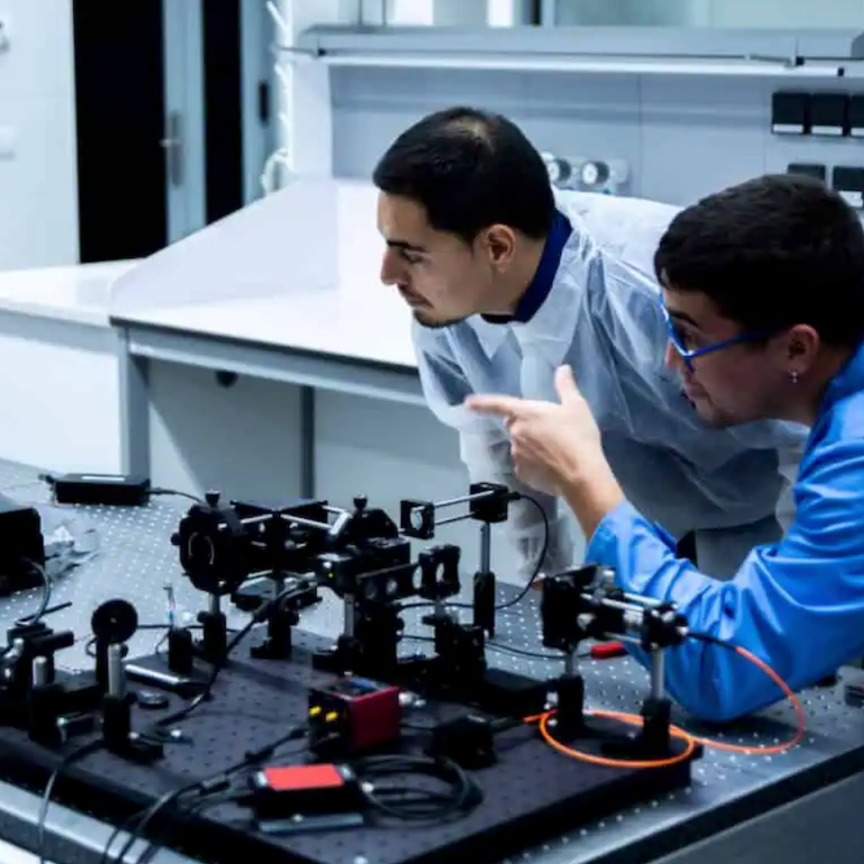The Zeiss Semiconductor Manufacturing Technology (SMT) business group located in Jena and the Stuttgart Institute for Microelectronics (IMS CHIPS) in Germany are working together on a collaborative research agreement in order to develop nano-patterned optical components. These components will make it possible to shrink feature sizes on chips in order to make them smaller, less expensive, more powerful, and more energy-efficient.
IMS CHIPS helps transfer research and development results into industrial applications, and has been developing the key elements of these nanometre optics. However, the challenge of continuously shrinking feature sizes requires ever bulkier and more expensive equipment. A comparison on a macroscopic scale provides an illustration of the degree of accuracy and resolution required to produce nano-patterned components: If the surface were as large as the entire federal state of Baden-Württemberg (an area of 35,751.65 km2), the machine would be capable of generating a feature the size of a coin with a positioning accuracy of just three millimetres!
The institute therefore invested in a next-generation electron beam writer, which was made possible due to financial support provided by both Zeiss and the German federal state of Baden-Württemberg. The new writer provides the basis for ensuring that SME partners and customers can continue to enjoy the most advanced patterning technology for their development requirements.
The use of such high-precision lithography systems enables Zeiss to develop and enhance the manufacturing processes for the highly complex lithography optics that are used in machines known as wafer scanners. Dr Andreas Dorsel, member of the board of management of Carl Zeiss SMT, sees valuable potential in establishing links between industry and the research community. ‘IMS CHIPS conducts applied, results-oriented research. Its world-class technological capabilities in the field of nano-patterning make IMS CHIPS a key technology partner in our efforts to develop ultra-sophisticated optical components. Our successful cooperation enables us to jointly put innovative ideas for the semiconductor industry into practice.’
Winfried Kaiser, senior vice president of product strategy for lithography optics at Zeiss underlined the importance of this kind of collaboration: ‘Collaborative projects like this enable us to transfer research findings into our technology and process development work and, ultimately, into new products. We benefit in two ways: first, from the extensive skills IMS CHIPS possesses in a wide range of applications and, second, from the transfer of knowledge and technology fuelled by the institute's close ties with other companies.’


